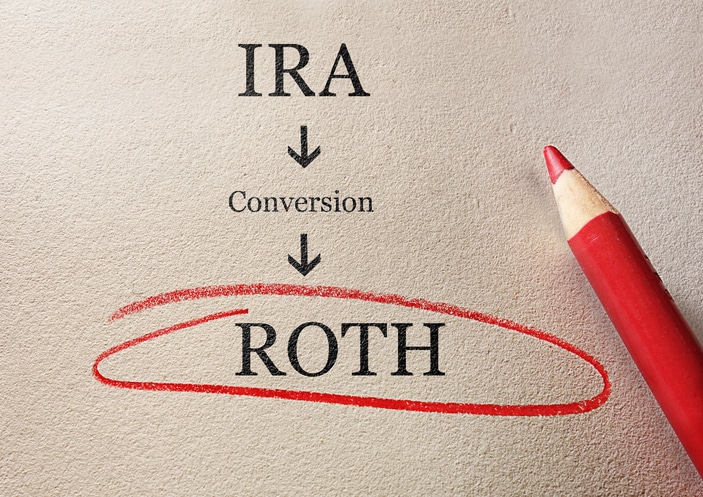Maximizing Your Social Security Survivor Benefits: A Comprehensive Guide for Widows and Widowers
Losing a spouse is one of life’s most challenging experiences, often bringing financial uncertainty on top of emotional hardship. Social Security survivor benefits can provide essential financial support, but navigating the rules and making the right claiming decisions can be complex.
This guide will help you understand:
- Who qualifies for Social Security survivor benefits
- How benefit amounts are calculated
- The best claiming strategies to maximize your benefits
- How remarriage and working impact benefits
- Tax considerations and common mistakes to avoid
Making informed decisions about your survivor benefits can significantly impact your long-term financial security. Let’s dive in.
Understanding Social Security Survivor Benefits
What Are Survivor Benefits?
Social Security survivor benefits provide financial support to eligible family members of a deceased worker who paid into the Social Security system. These monthly payments can replace lost income and help maintain financial stability.
Who Is Eligible for Survivor Benefits?
Several groups may qualify for benefits:
- Widows and Widowers – Eligible at age 60 (or 50 if disabled). Those caring for a child under 16 or disabled may qualify at any age.
- Divorced Spouses – If the marriage lasted at least 10 years, divorced spouses can claim survivor benefits.
- Children – Unmarried children under 18 (or 19 if in school) and disabled adult children may qualify.
- Dependent Parents – If the deceased worker was providing at least 50% of their support, parents aged 62 or older may qualify.
📌 Important: Survivor benefits do not start automatically—you must apply.
How Are Survivor Benefits Calculated?
Factors That Determine Benefit Amounts
The amount you receive depends on:
- Deceased Spouse’s Earnings Record – Higher earnings result in higher survivor benefits.
- Your Age at Claiming – Claiming before full retirement age (FRA) results in reduced benefits.
- Relationship to the Deceased – Widows/widowers can receive up to 100% of the deceased’s benefit, while children and dependent parents may receive up to 75%.
Full Retirement Age for Survivor Benefits
Your FRA for survivor benefits depends on your birth year. If you were born in 1958, your FRA is 66 and 4 months; for those born in 1962 or later, it’s 67.
📌 Tip: Waiting until FRA ensures you receive 100% of the survivor benefit.
How to Apply for Survivor Benefits
Step-by-Step Application Process
You cannot apply for survivor benefits online. Here’s what to do:
- Contact the Social Security Administration (SSA) at 1-800-772-1213 to report the death and schedule an appointment.
- Gather necessary documents:
- Death certificate
- Your birth certificate
- Marriage certificate (if applicable)
- Social Security numbers (yours and the deceased’s)
- Complete the application with an SSA representative.
⏳ When to Apply: Apply as soon as possible to avoid missing out on benefits, as some payments are not retroactive.
Strategies to Maximize Survivor Benefits
1. Claiming at the Right Time
- Claiming at age 60 – Reduces benefits by up to 28.5%.
- Waiting until FRA – Provides 100% of the deceased’s benefit.
2. Switching Between Benefits
If you’re eligible for your own retirement benefit and survivor benefits, consider this strategy:
- Claim survivor benefits first while allowing your own retirement benefit to grow until age 70.
- Or claim your own benefits first and switch to survivor benefits later if it results in higher payments.
3. Impact of Remarriage on Benefits
- Before age 60 – Remarrying before 60 disqualifies you from receiving survivor benefits.
- After age 60 (or 50 if disabled) – You can remarry and still receive survivor benefits.
- Divorced widow(er)s – If remarried after 60, you can still claim benefits from a former spouse.
4. Working While Receiving Benefits
If you work and claim benefits before FRA, Social Security may reduce your benefits if earnings exceed the annual limit ($22,320 in 2024). Once you reach FRA, your benefits are no longer reduced.
Tax Implications of Survivor Benefits
Are Survivor Benefits Taxable?
Yes, based on your total income:
- Below $25,000 (single) or $32,000 (married) – No tax
- $25,000–$34,000 (single) / $32,000–$44,000 (married) – Up to 50% taxable
- Above $34,000 (single) / $44,000 (married) – Up to 85% taxable
📌 Tip: Consider tax-efficient withdrawal strategies, such as drawing from Roth accounts, to minimize taxes.
Common Mistakes to Avoid
🚫 Claiming Too Early – Reduces benefits permanently.
🚫 Forgetting About Switching Strategies – You may miss out on higher benefits.
🚫 Remarrying Before Age 60 Without Considering the Impact – Can result in losing benefits.
🚫 Ignoring Tax Consequences – Could result in unexpected tax bills.
🚫 Not Seeking Professional Advice – Maximizing benefits requires strategic planning.
Key Takeaways
✅ Survivor benefits provide financial support for widows, widowers, and certain family members.
✅ Timing matters – claiming before FRA results in reduced benefits.
✅ Remarriage and working may impact eligibility.
✅ Taxes apply to survivor benefits based on income.
✅ Proper planning can maximize lifetime benefits.
Next Steps – Take Control of Your Social Security Strategy
Navigating Social Security survivor benefits can be complex, and the choices you make can significantly impact your financial future. Before making a decision:
🔹 Review your Social Security statement to understand available benefits.
🔹 Consult a financial advisor to develop a customized claiming strategy.
Questions About Your Retirement?
Whether you’re planning for retirement or already there, we’re here to help. What questions can we answer?
We respect your privacy. We will never sell or share your information with any third party. You can unsubscribe at any time with just one click.
This material is provided for educational, general information, and illustration purposes only. You should always consult a financial, tax, or legal professional familiar with your unique circumstances before making any financial decisions. Nothing contained in the material constitutes tax advice, a recommendation for the purchase or sale of any security, or investment advisory services. This content is published by an SEC-registered investment adviser (RIA) and is intended to comply with Rule 206(4)-1 under the Investment Advisers Act of 1940. No statement in this article should be construed as an offer to buy or sell any security or digital asset. Past performance is not indicative of future results.






